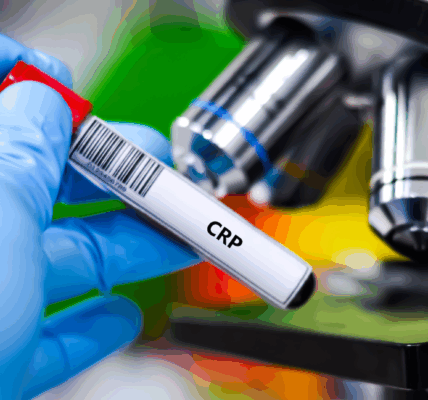Need help with high blood pressure? A new study shows that a high fiber diet can improve high blood pressure in those with type 2 diabetes. In fact, it was linked to a significant improvement in brachial-ankle pulse velocity, systolic blood pressure, and diastolic blood pressure.
Unfortunately, most Americans fall far short of getting the recommended 20+ grams of fiber per day (1). But, as you’ll see, eating enough fiber is not difficult and affords many health benefits.
Here’s what the study found, why it’s important, and how you can use fiber to improve your health.
The Study: High Fiber Diet and High Blood Pressure
Researchers studied the effects of a high fiber diet on 200 participants. The participants also had type 2 diabetes, the mean age of 50, and were overweight according to body mass index (Reference: Kapoor R, et al. Abstract P528. Presented at ACC Middle East Conference; Oct. 3-5, 2019; Dubai, United Arab Emirates).
Each patient was given a diet prescription, monitored for compliance, and was followed for 6 months.
The Results: High Fiber Diet and High Blood Pressure
The participants with high blood pressure and type 2 diabetes, who followed a high-fiber, low-glycemic index diet showed significant improvements in cardiovascular disease markers. In fact, the following markers improved:
- Brachial-ankle pulse wave velocity
- Systolic blood pressure
- Diastolic blood pressure
- Serum cholesterol
- Waist-hip ratio
Other Fiber Benefits
Of course, fiber has other benefits in addition to improving high blood pressure. It can help with weight loss and fullness, blood sugars, triglycerides, healthy bacteria colonies in the gut, digestion and more (2, 3).
How to Get More Fiber in Your Diet
It’s actually not too hard to get more fiber, 25+ grams per day, in your diet. You can get good amounts by adding:
- Green and vegetables (3 servings will provide 6-9 grams)
- Nuts like walnuts, almonds, and more (2 servings will provide 4-6 grams)
- Seeds, especially chia seeds, flaxseeds, and hemp heart seeds (2 servings will provide 4-6 grams)
- Beans and legumes (1 serving will provide 3-4 grams)
- Fruits like berries (1 serving will provide 2-3 grams)
- If you eat grains, make sure they are whole or intact grains, such as whole oats (1 serving of steel-cut oats provides 4 grams)
- Fiber supplements like inulin and psyllium husk (one supplemental servings typically provides 5-8 grams fiber)
More Ways to Lower Blood Pressure
If you currently have high blood pressure, start by adding more fiber to your diet. You can also improve it by:
- Eating just 1-2 servings of berries per day, specifically blueberries. Blueberries have been shown to improve high blood pressure (4).
- Lose weight. This may sound easier said than done, but following Keto Zone diet will help you lose weight and keep it off (5).
- Exercise regularly and get heart rate up. When you exercise and increase your heart rate, it helps your arteries stay more elastic. Elastic, flexible arteries are vital to healthy blood pressure. What’s more, your flexibility and specifically trunk flexibility has a bearing on blood pressure. So, stay flexible for healthy arteries (6).
- Limit alcohol and quit smoking.
- Reduce stress. Here are everyday habits to reduce cortisol and stress.


















Comments are closed.